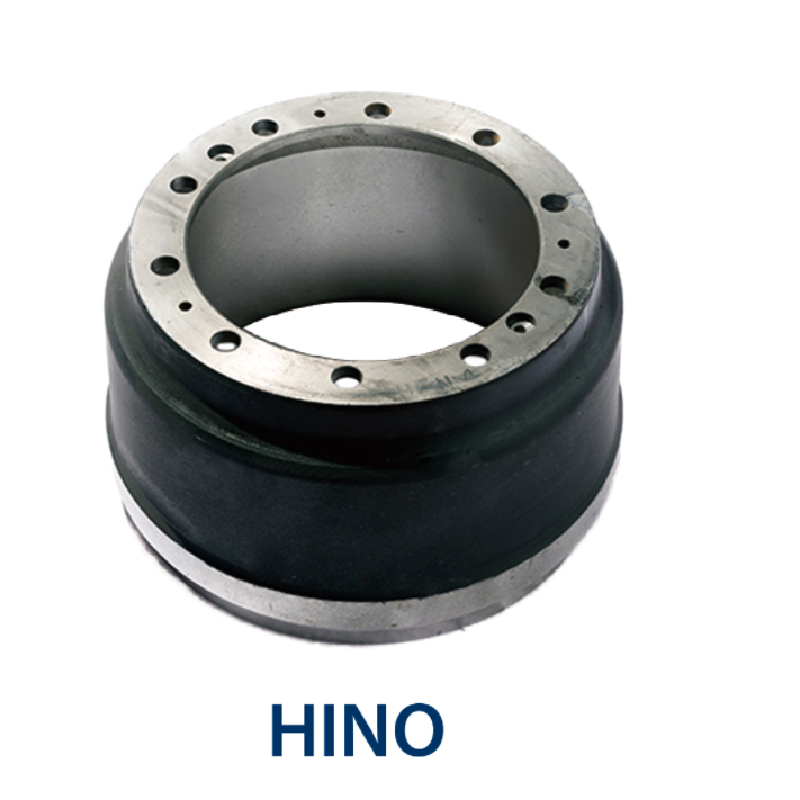Nov . 01, 2024 06:13 Back to list
Understanding the Causes and Solutions for Glazed Brake Drums in Vehicles
Understanding Glazed Brake Drums Causes, Effects, and Solutions
When it comes to vehicle safety, the braking system is one of the most critical components. Among its various parts, brake drums play a pivotal role, especially in vehicles utilizing drum brakes. However, one common issue that can affect brake drums is glazing. Understanding what glazed brake drums are, the causes behind this phenomenon, and how to address it is essential for ensuring optimal braking performance.
What are Glazed Brake Drums?
Glazing refers to a smooth, shiny appearance on the surface of brake drums, which occurs due to excessive heat and friction. This shiny surface can reduce the friction necessary for effective braking, leading to decreased braking performance. When brake drums become glazed, the vehicle may experience longer stopping distances and an overall reduction in safety.
Causes of Glazed Brake Drums
There are several factors that can lead to the glazing of brake drums. One primary cause is overheating, which can occur from prolonged or excessive braking, particularly in situations like mountainous driving or heavy stop-and-go traffic. When the drums reach extremely high temperatures, the friction materials (shoes or pads) can wear down unevenly, leaving behind a smooth, glass-like surface.
Another contributing factor is the use of low-quality or inappropriate brake materials. Some aftermarket products may not be designed to withstand high temperatures, leading to early glazing. Additionally, improper installation or adjustment of brake components can also lead to uneven wear patterns, further exacerbating the issue.
glazed brake drums

Effects of Glazing on Performance
The effects of glazed brake drums can be detrimental. Vehicles may experience a loss of braking effectiveness, manifested by reduced stopping power, longer stopping distances, and potential brake fade during prolonged use. Drivers may also notice a change in pedal feel, where the brake pedal feels less responsive. In severe cases, glazing can lead to unsafe driving conditions, putting both the driver and others on the road at risk.
Solutions and Prevention
Addressing glazed brake drums typically involves resurfacing or replacing the affected drums. This process eliminates the slick surface, restoring the necessary friction for efficient braking. In severe cases, it may be more effective to replace the drums altogether.
Preventing glazing is largely about maintaining the braking system. Regular inspection and maintenance, including the replacement of brake pads and shoes, can help ensure optimal performance. Additionally, using high-quality brake components and avoiding excessive braking can significantly reduce the chances of glazing.
In conclusion, glazed brake drums pose a real threat to vehicle safety, particularly if left unaddressed. By understanding the causes, effects, and preventative measures, drivers can ensure their braking systems remain effective and reliable, ultimately enhancing vehicle safety on the road.
-
Volvo Brake Drum: OEM Quality, Optimal Safety
NewsAug.27,2025
-
Durable Brake Drum MAZ for Heavy Duty Trucks | High Performance
NewsAug.26,2025
-
FUWA: Premium Quality, Reliable Performance & Innovative Solutions
NewsAug.25,2025
-
Liza Brake Drum: Superior Quality & Performance for Safe Driving
NewsAug.24,2025
-
Iveco Brake Drum | Premium OE Quality for Daily & Eurocargo
NewsAug.22,2025
-
Your Brake Drum Man: Quality & Performance Parts
NewsAug.21,2025
